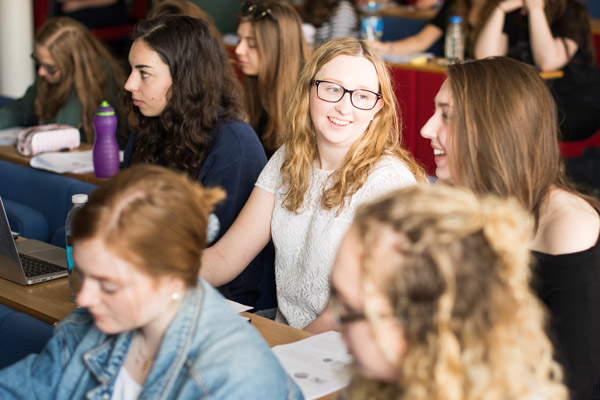Meet your tutors
Congratulations on getting an offer to study with us! We wanted to give you the chance to find out more about some of the research that’s going on at York.
Tim Andrews specialises in the brain processes involved in how we see. He teaches 1st- and 3rd-Year modules, which draw on his expertise in vision and neuroscience.
Contact us
For any support or guidance on completing your journey to York, we're always close at hand.
Psychology is a very diverse subject
I’m originally a biologist, which might seem odd, but people come to psychology from lots of different disciplines. During my first degree, I decided that the area of biology that I was most interested in was neurobiology: understanding how neurons in the brain give rise to complex behaviour.
I did my PhD in neuroscience at UCL, worked as a researcher at Duke University in the US, and then worked at the University of Oxford. It was there that I really got into a new area of research called cognitive neuroscience - basically a merger between neuroscience and cognitive psychology.
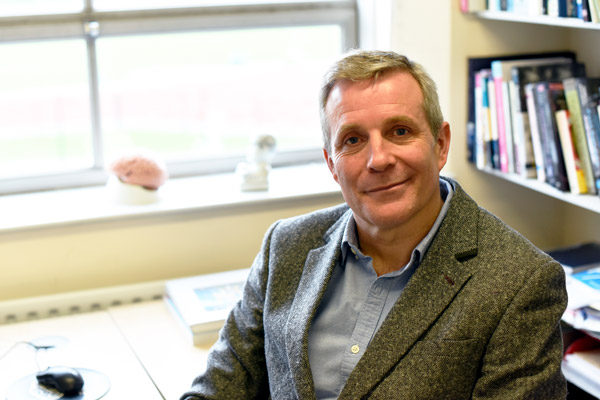
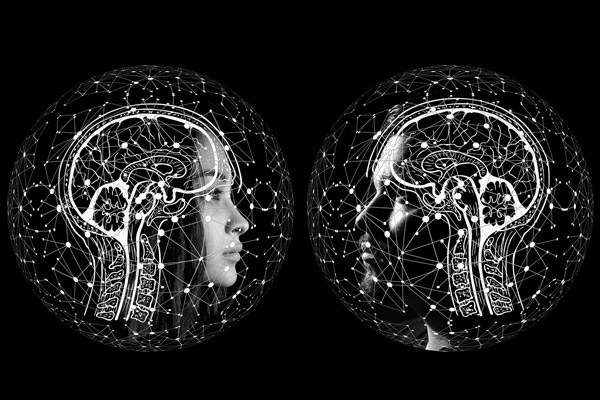
Essentially, what we’re trying to do is unlock the code
The brain is like a computer - it’s a computing device. It hasn’t got silicon chips and things like that, but it’s got neurons: a hundred billion neurons that are all connected together. They can make up to 10,000 connections with other neurons. Although the hardware in the brain is very different, you can still model the processing in a computational way.
To work out what different parts of the brain do and how they interact, we put people into scanners and record their brain activity while they’re doing specific tasks. It’s only really possible thanks to developments in neuroimaging technology, and we’re lucky enough to have some advanced brain scanners here.
I’m interested in vision
Vision begins with light entering our eyes. Through a succession of processing stages, the brain constructs a perception of what lies outside, transforming patterns of light into objects we can use, people we can recognise, and places we can go. My research interests focus on understanding how the brain transforms patterns of light into our perception of the visual world.
For a long time, people have understood vision in terms of isolated modules: so there’s a bit for faces, one for chairs, one for tables and so on. What our work has led us to believe is that things aren’t quite as localised as people originally thought. Rather than having specific areas for specific objects, our research suggests that the brain uses a general code that is based on visual properties, like colour, contrast, size and shape.
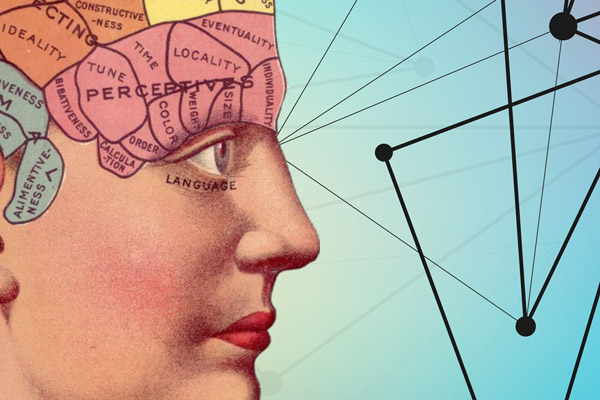
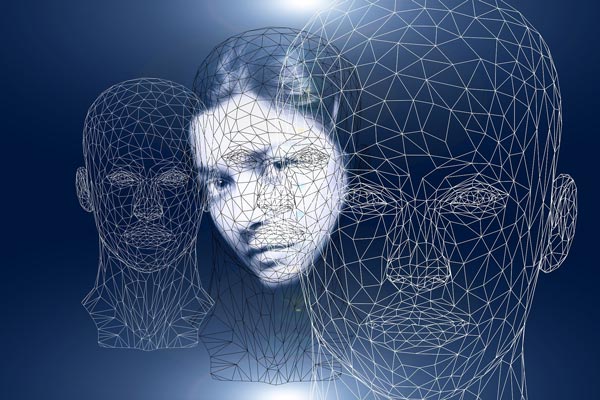
Think about faces
There’s an awful lot of information that you can get from a face. You can identify different people, and even get an idea of their thoughts and feelings through facial expression. But facial identity and facial expression are recognised using different visual properties.
The shape of your face is changing all the time: your lips move, you raise your eyebrows, you turn your head. The brain uses these different shapes to determine your changing facial expressions. On the other hand, the texture of your face - your skin, your hair, and how they reflect light - is much more stable. Because it doesn’t change, it’s much more useful for working out your identity, no matter what your expression is.
I teach at lots of different levels
In your first year, we’ll look at some of the principles of the brain: how it's organised, the history of mind and brain, and the philosophy behind it. We also touch on some of the debates about localised v distributed function that my work contributes to.
I teach Neuroimaging of Vision in 3rd Year, which draws on my current research, and really goes into how neuroimaging has helped us to understand visual processes, such as facial recognition.
If you stay on for the MSci, I also teach a module called Basic Principles of Neuroimaging. This will give you a deeper understanding of how neuroimaging techniques can help us explore the contents of the mind.
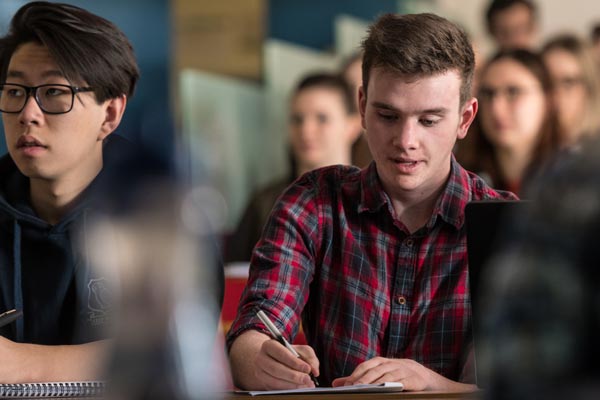
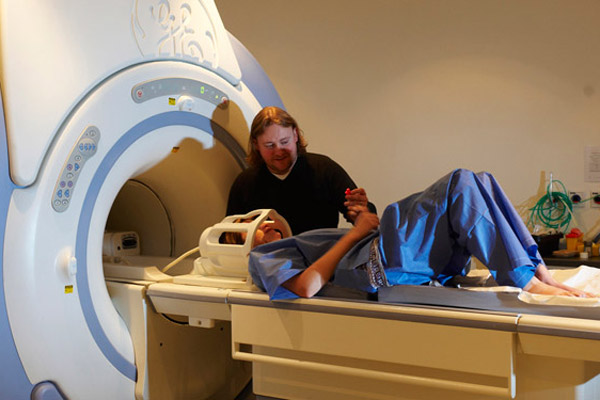
We give students as much access as possible
You’ll have opportunities to use neuroimaging throughout your degree - particularly on the MSci. York Neuroimaging Centre is a key part of our work, and has some fantastic equipment which gives us a direct line into the brain.
You can take part in experiments (as a researcher or a participant!), and you might want to use neuroimaging in your final-year project. I don’t think there are any other universities which give students the same level of access.
Just ask
It’s great when students come up to me after class and ask loads of questions. Some can be really related to my ongoing research, and I think, ‘that’s a clever way of looking at it’. When you’re coming up with original ideas that I haven’t taught you - that's really satisfying.
If you have any questions about Psychology at York, then please feel free to get in touch. We’re always happy to discuss your course, our research, or anything else you want to know about.
